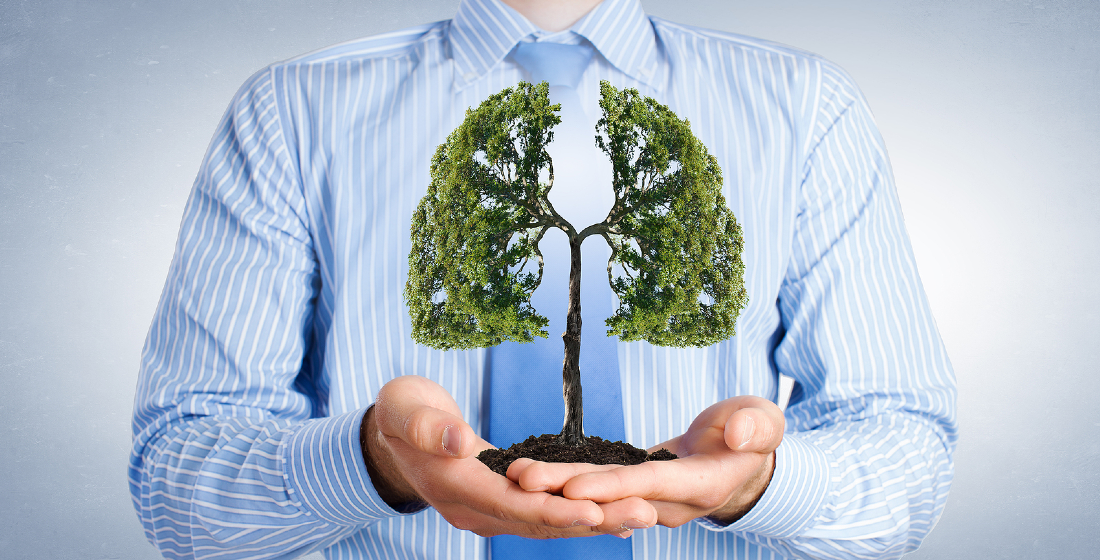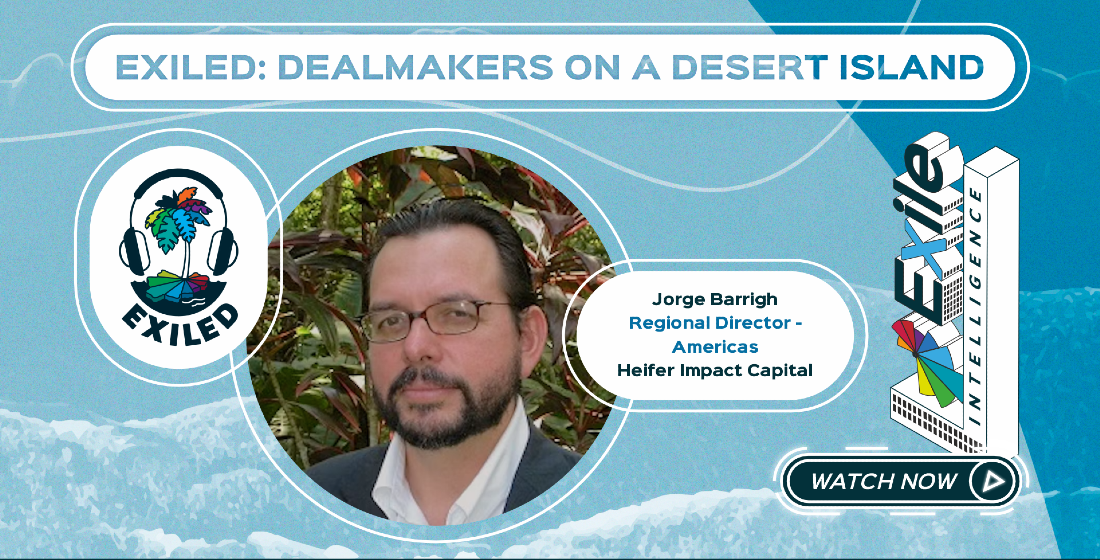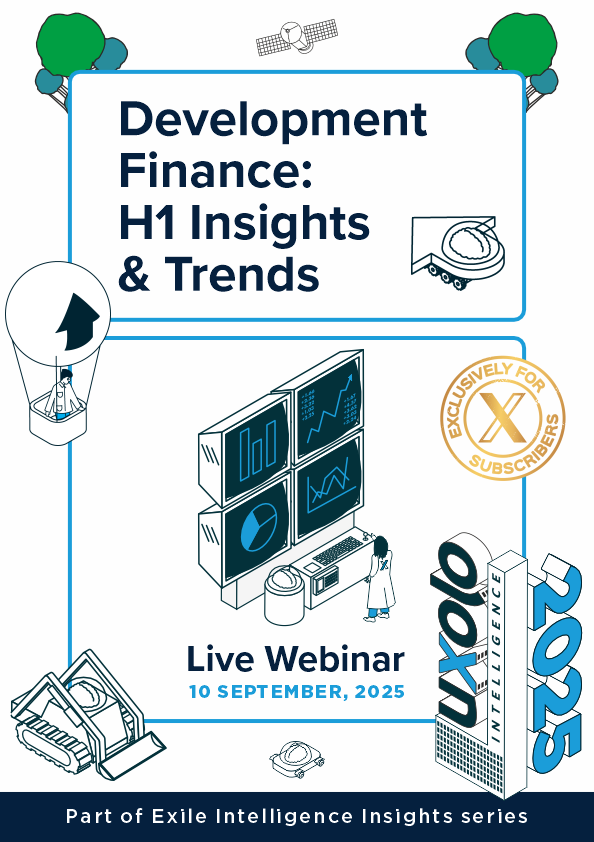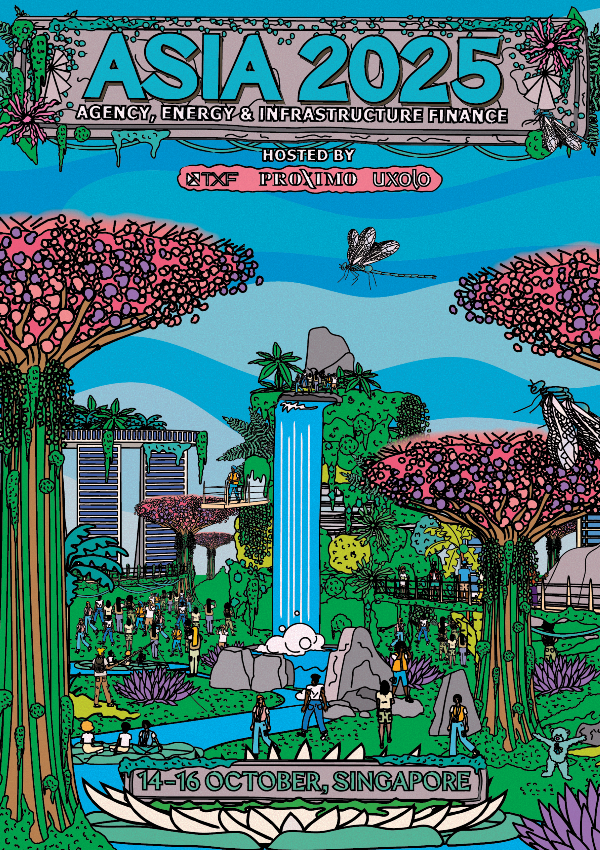Could ADB's new SDG bond accelerate Asian green infrastructure growth?
The Asian Development Bank is looking to develop 10 pilot deals for its new SDG Accelerator Bond concept by the end of 2021, and deliver the first two issuances in 2022. The structure has the potential to address many supply and demand-side problems that are dampening the sustainable bonds market in Southeast Asia.
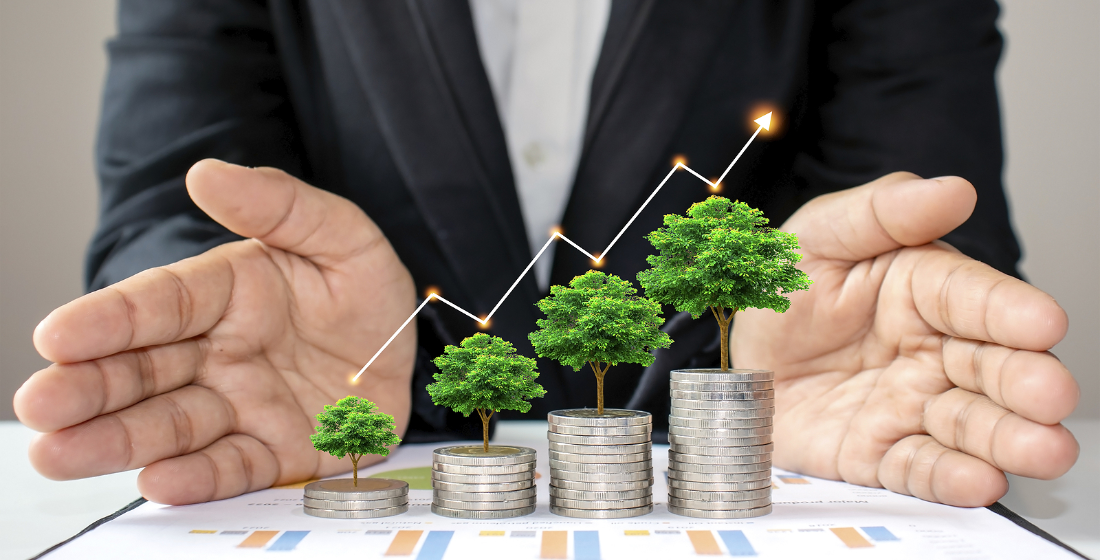
The Asian Development Bank (ADB) has proposed a new type of SDB (Sustainable Development Goal) bond structure, aimed at helping Southeast Asian countries tap into global capital markets to meet their sustainable development targets. Published in the report, 'Accelerating Sustainable Development after COVID-19: The Role of SDG Bonds', the ADB said the SDG Accelerator Bond could help countries reduce the perceived investment risk posed by an issuing entity, sector, or project with no track record on bond issuance. The new bond proposes to combine exit guarantees and other credit enhancement structures with incentives to help countries meet SDG targets.
“The Covid-19 pandemic has slowed down the momentum for sustainable and equitable growth in most of developing Asia and many countries are at risk of not meeting their SDG targets in climate resilience, gender equality, and human development,” said ADB vice-president Ahmed M Saeed. “For countries looking to fund sustainable projects and programmes on a large scale, capital markets represent an underused but viable mechanism to bring in SDG investments.”
Southeast Asia’s unmet financing needs
Southeast Asian countries issued a record $12 billion in green, social, and sustainability bonds in 2020, but their financing needs have only grown amid the Covid-19 pandemic. The figure also remains relatively small considering the global market totalled at $700 billion for the year. The region’s annual financing needs are estimated at around $210 billion, and around 60% of that will need to come from the private sector.
“For Asia, especially Southeast Asia, the financing needs are massive, and they need to come from somewhere other than the public sector,” says Anouj Mehta, the head of the ADB’s Innovative & Green Finance Hub and The ASEAN Catalytic Green Finance Facility. “There’s a significant shortfall in the supply of money and a big private sector financing gap – mostly in infrastructure.”
To accelerate the flow of capital into green infrastructure and deepen the sustainable bonds market in Asia, there are issues to address on both investors’ and the sponsors’ sides of the negotiating table. For the investors, there’s a problem with the risk-return perception: “They are very worried about the risk for first-time issuers, or aspects in infrastructure like untested revenue models,” says Mehta. And on the sponsor side, there is the issue of cost benefit: “They don’t necessarily understand how it’s good for them to do a SDG bond if the price is the same as any bond and there’s high costs to them to benchmark to green standards, along with the reporting and monitoring.”
The SDG Accelerator Bond explained
The ADB has looked to build The SDG Accelerator Bond based on global best practices in project finance and aims to standardise the risk-return structure to ensure investor appetite and help local governments and new state-owned entities (SOEs) access funds. The framework would allow variations in fund structure among countries and issuers of the Accelerator Bond or other SDG bonds. “This is a conceptual structure we’ve proposed, which is very much based on the best practices of project finance all over the world,” says Mehta.
For first time issuers of green, sustainability or social bonds at a government level, the structure will give protection to potential investors through a credit enhancement, in the form of a guarantee or first-loss structure. The government will create a guarantee fund to protect the bond by providing a guarantee to investors for either a first loss – meaning if their returns aren’t reaching a certain level then a certain percentage of their lost returns would be made good by the fund – or providing an exit guarantee at a certain return. That fund could also be supported by a multilateral like the ADB in order to provide further assurance to investors.
However, the guarantees would not last forever; they would be defined-period exit guarantees to serve for de-risking purposes. “For example, if you’re an investor and you think this, say, metro rail project is untested, we’ll give you a guarantee to exit at a certain return in the first seven years; after which, when the project starts performing and doing well, then the guarantee either reduces or completely disappears,” explains Mehta. “That therefore becomes attractive for a government, who doesn’t want a fiscal liability related to a project forever; so all you're doing is helping de-risk the project through, say, the construction period.”
The concept also proposes that the payments from the bond be structured to incentivise the sponsors. For a lot of green infrastructure projects, the first four or five years of revenues are often weak. “Such as when you’re trying to build up the user base of a metro rail; or you’re trying to increase taxes, for example, in a coastal protection project” says Mehta. So the SDG Accelerator Bond proposes giving the guarantee to an investor only in return for the investor accepting to not receive any coupons in the first few years of the project. “That’s attractive for a government or project sponsor, because they have less of a requirement to make cash payments in the first few years—the payment still has to be done, but it’s just pushed to later,” says Mehta.
Identifying bellwether transactions
The concept is the brainchild of the ADB-managed Association of Southeast Asian Nations (ASEAN) Catalytic Green Finance Facility (ACGF). Established in 2019, the ACGF is owned by all 10 ASEAN countries and the ADB, and is supported by 13 partners, including the Sustainable Development Investment Partnership, a joint initiative of the World Economic Forum and the Organisation for Economic Co-operation and Development. With $1.7 billion in co-financing pledged so far, the ACGF is funding the financial design of more than 25 projects. It’s helping some countries develop green recovery strategies, including policies, de-risking vehicles, and projects; as well as assisting in the issuance of green and sustainable bonds.
“What we’ve done with SDG Bond Accelerator is created a concept, got a lot of peer reviews on it, and launched it through the World Economic Forum,” says Mehta. “We’re trying to ‘socialise’ it rather than standardise it with regulators; we’re trying to build knowledge with global investors. What’s needed now are transactions.”
Mehta points to the Seychelles government’s world-first sovereign blue bond from 2018 as a source of inspiration. A pioneering financial instrument designed – with the help of the World Bank – to support sustainable marine and fisheries projects, the $15 million transaction set the global standard for blue bonds and triggered a cascade of imitator issuances. “So that’s what we’re looking to do for the SDG Accelerator Bond,” says Mehta.
Mehta and his colleagues are currently working on a couple of model structures for the SDG Accelerator Bond, and in the fourth quarter of 2021 will showcase them to ASEAN’s key government agencies to try to identify a number of pilot transactions. They are looking to identify 10 pilot bond issuances by the end of the year, with a view to bringing two bonds to the market next year and another five the year after.
“That will set the precedent for the model to be used again and again,” says Mehta. “One could try to standardise the structure with regulators around the world, such as with PPPs, but this is more of a guidance to countries saying, ‘you will reap the benefits of the sustainable bonds market if you apply it’. That’s really what our focus is here.”


